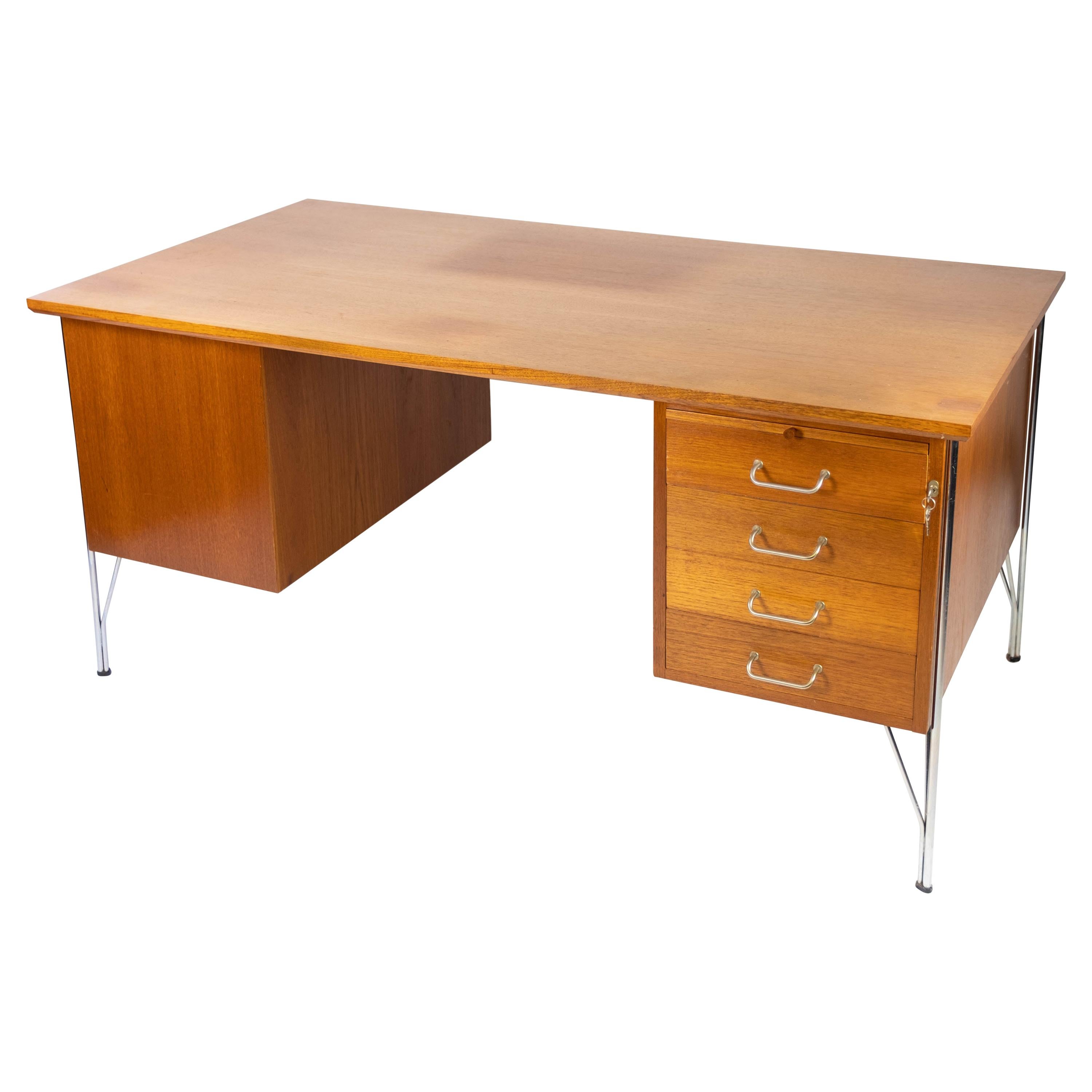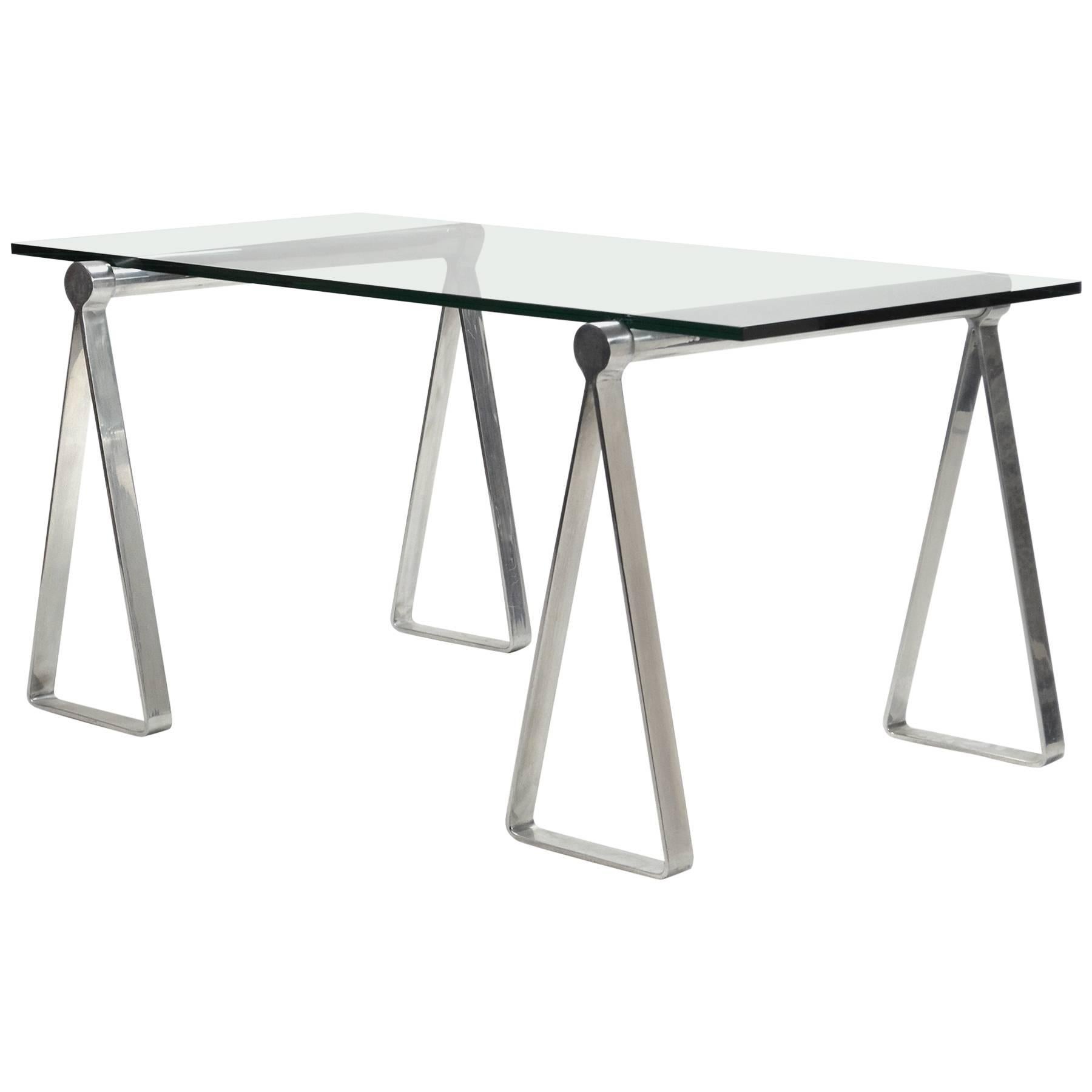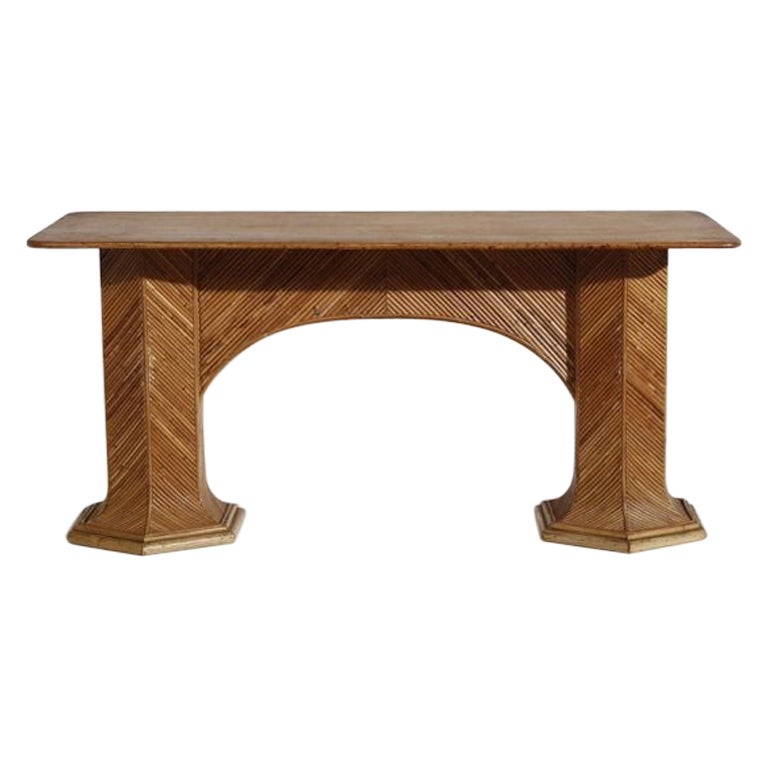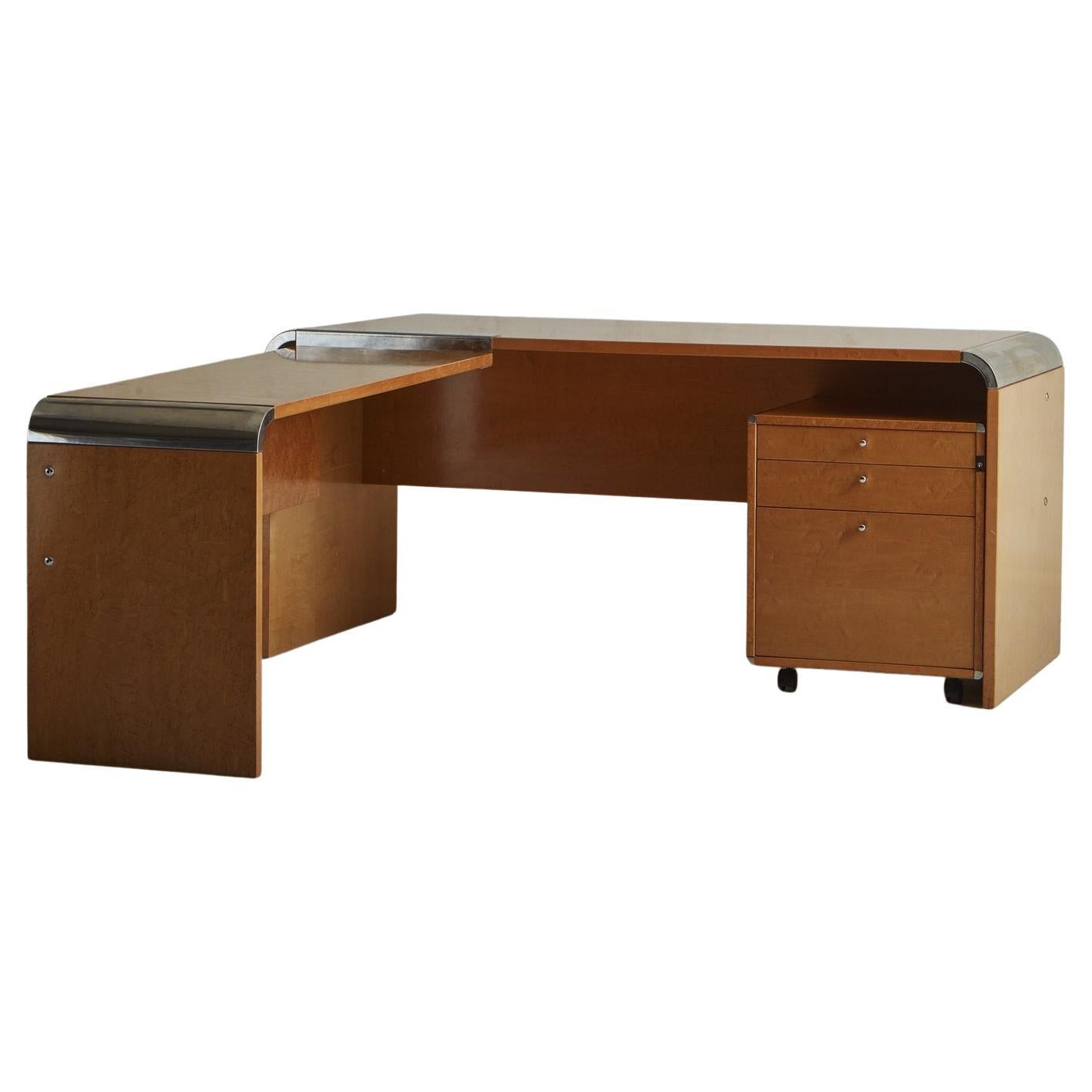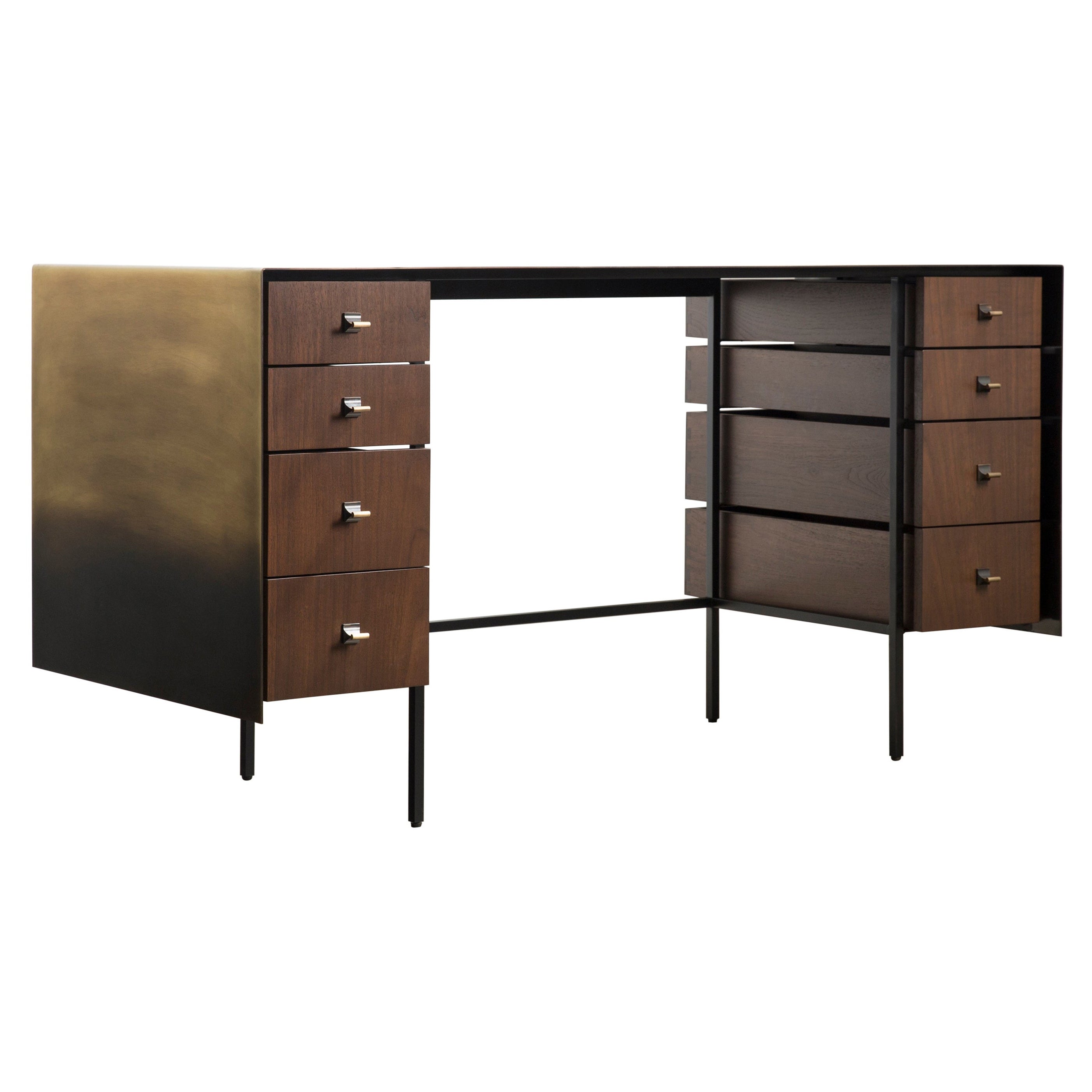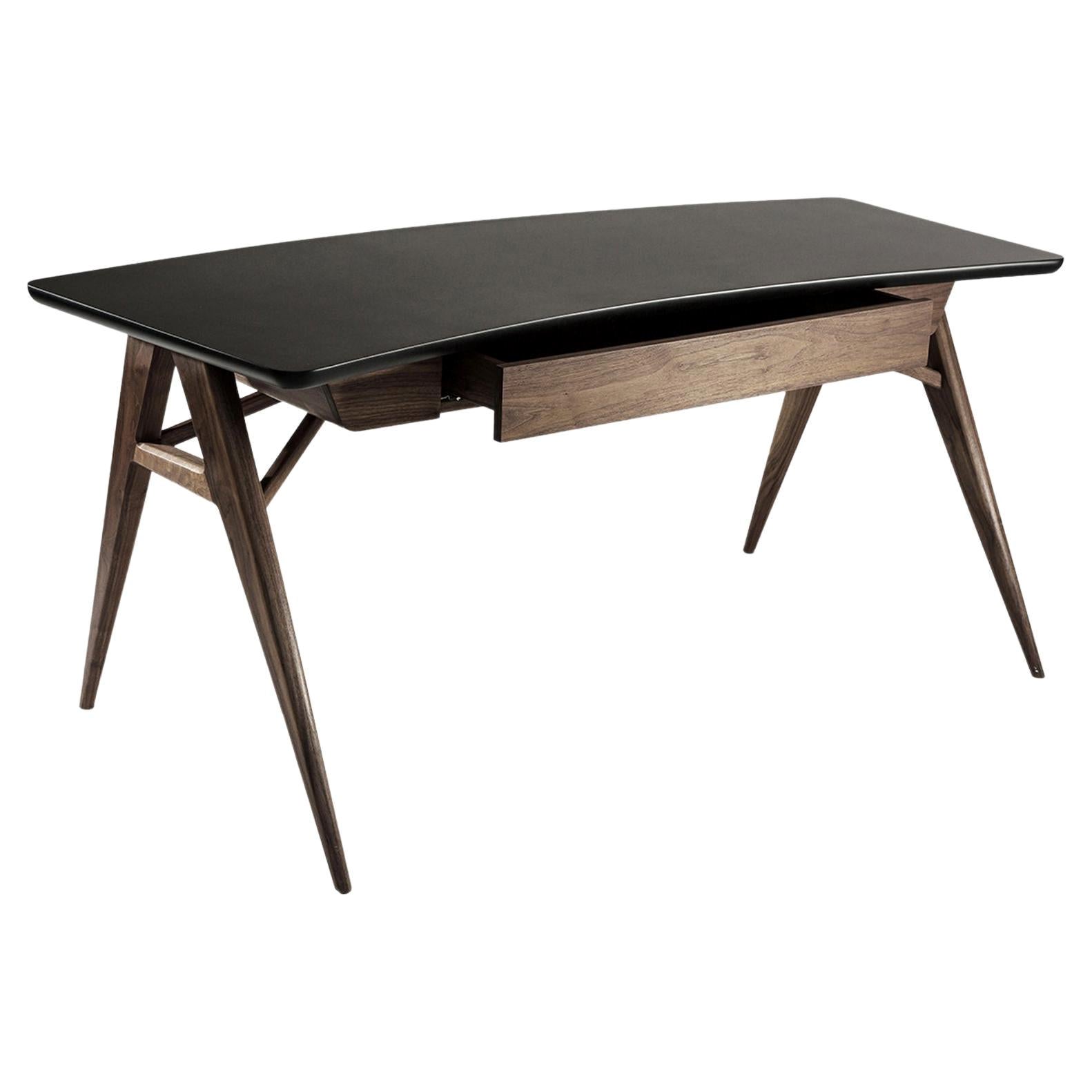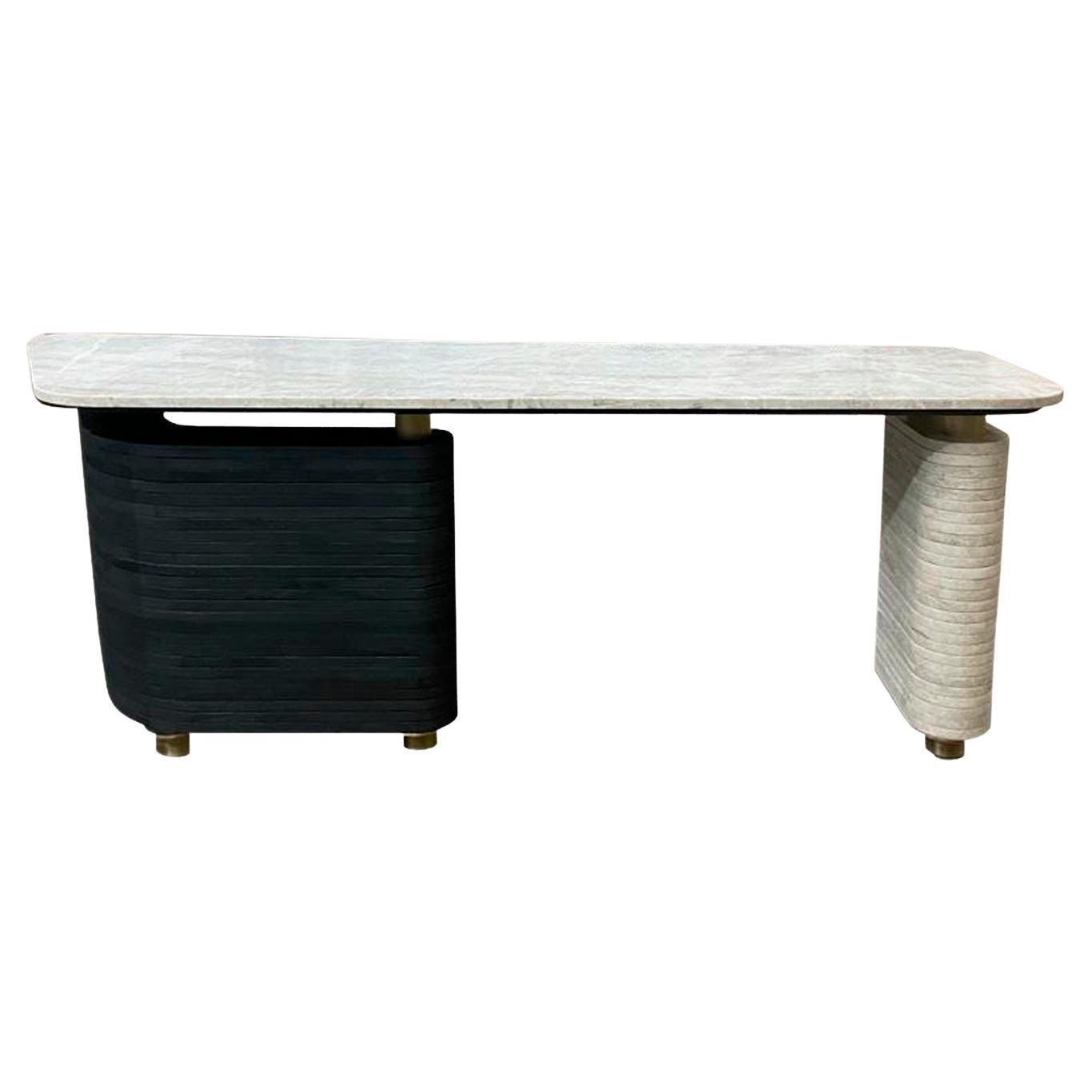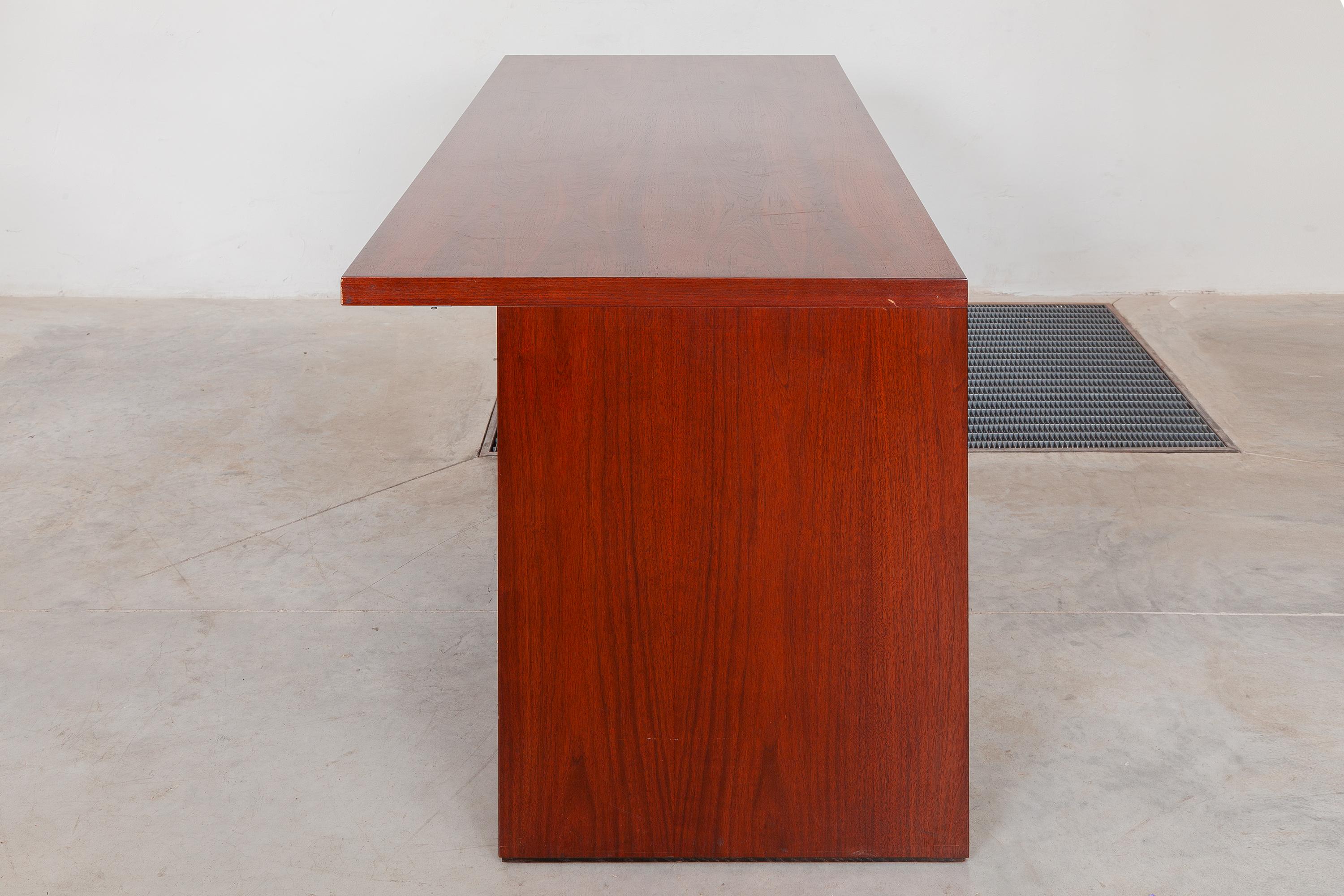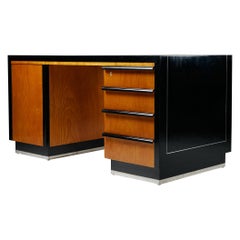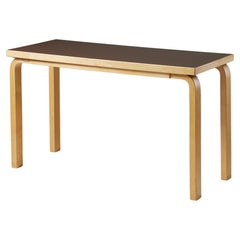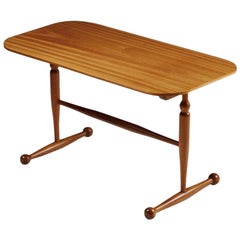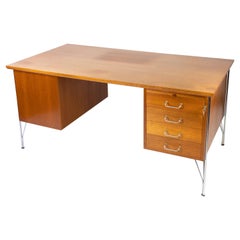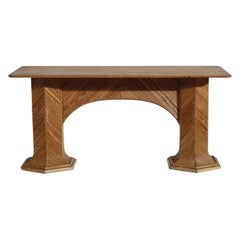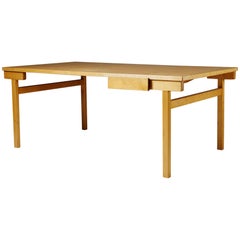
Desk Designed by John Kandell, Sweden, 1970s
View Similar Items
Want more images or videos?
Request additional images or videos from the seller
1 of 9
Desk Designed by John Kandell, Sweden, 1970s
About the Item
- Creator:John Kandell (Designer)
- Dimensions:Height: 28.35 in (72 cm)Width: 70.87 in (180 cm)Depth: 39.38 in (100 cm)
- Style:Scandinavian Modern (Of the Period)
- Materials and Techniques:
- Place of Origin:
- Period:
- Date of Manufacture:1970s
- Condition:
- Seller Location:Stockholm, SE
- Reference Number:1stDibs: LU1006612099613
About the Seller
5.0
Recognized Seller
These prestigious sellers are industry leaders and represent the highest echelon for item quality and design.
Gold Seller
These expertly vetted sellers are highly rated and consistently exceed customer expectations.
Established in 1998
1stDibs seller since 2013
184 sales on 1stDibs
Typical response time: 1 hour
More From This SellerView All
- Desk designed by Alvar Andersson for Hyresgästföreningen, retailed by G.A. BergBy Gustaf Axel BergLocated in Stockholm, SEDesk designed by Alvar Andersson for Hyresgästföreningen, retailed by G.A. Berg Sweden. 1930s. Black lacquered birch, elm and pewter inlay. Dimensions: H: 75 cm/ 29 1/2'' L: 150 cm...Category
Vintage 1930s Swedish Scandinavian Modern Desks and Writing Tables
MaterialsElm, Birch
- Table designed by Alvar Aalto for Artek, Finland, 1970s, lacquered birchBy Artek, Alvar AaltoLocated in Stockholm, SETable designed by Alvar Aalto for Artek, Finland, 1970s. Lacquered birch and laminate. Alvar Aalto was a Finnish architect and designer. His work includes architecture, furniture, ...Category
Vintage 1970s Finnish Mid-Century Modern Tables
MaterialsLaminate, Birch, Lacquer
- Occasional Table Designed by Josef Frank for Svenskt Tenn, Sweden, 1950sBy Josef FrankLocated in Stockholm, SEOccasional table designed by Josef Frank for Svenskt Tenn, Sweden. 1950s. Mahogany. H: 45 cm L: 80 cm D: 40 cm Josef Frank was a true European, he was also a pioneer of what would become classic 20th century Swedish design and the “Scandinavian Design Style”. Austrian- born Frank started his design career as an architect after having trained at the Technische Hochschule in Vienna between 1903 and 1910. After his training he went on to teach at Kunstgewerbeschule (The Viennese School of Arts and crafts) where he developed and espoused the new school of modernist thinking towards Architecture and Design that was coming to fruition in Vienna at the time. He also went on to lead the Vienna Werkbund throughout the 1920s. This was a truly progressive group of Architects and Designers who set about improving the daily lives of Austrian people through modernist design and architecture in partnership with Arts and Crafts ideals and construction. Frank’s leadership of the Werkbund had already cemented his place at the forefront of European design. Frank’s time in Vienna was typified by his design for the “Die Wohnung” exhibition of the Deutscher Werkbund in Stuttgart, 1927 where he exhibited along side his contemporaries at the forefront of design, such as the likes of Le Corbusier and Walter Gropius. Here he showed a specially designed pair of flat-roofed reinforced concrete houses in what is now seen as a typical modernist style. What separated Frank’s house from the other 32 houses of the exhibition was the interior and furniture inside the building. It was described as “Neo-Classical” and filled with an eclectic mix of period pieces, modern design and pieces designed by Frank himself that seemed to cross the two worlds. This was a complete opposite direction to that which his fellow Architects were travelling in with their pared back and angular aesthetics. Frank said of his own work: “The house is not a work of art, simply a place where one lives,” and by this reasoning Frank rejected the regimental mechanisation of the living space that his contemporaries believed in, instead he set about creating congenial and spontaneous interiors. Frank’s practice saw him placing the bright colours and the soft forms of nature back into the furnishings and interiors that he thought modernism sorely mist. Frank, along with Oskar Walch set up Haus und Garten in Vienna in 1925. This was Frank’s first commercial foray into furniture and home furnishings and the company went on to become the most influential furnishing house in Vienna with a riotous depth of colour and interesting shapes becoming the trademark of their design. However this success was to come to an end with rise of Nazism in Vienna in the early 1930’s. Frank was Jewish, and he and his wife Anna decided they would leave Vienna for her motherland: Sweden, in 1933. Frank continued to design for Haus and Garten, visiting Vienna occasionally and designing the pieces that would continue to be the company’s best...Category
Vintage 1950s Swedish Scandinavian Modern Tables
MaterialsMahogany
- Occasional Table Annika Designed by Bruno Mathsson for Karl Mathsson, SwedenBy Bruno MathssonLocated in Stockholm, SEOccasional table Annika designed by Bruno Mathsson for Karl Mathsson, Sweden. 1973. Birch and Karelian birch. Dimensions: H: 42 cm / 1' 4" D: 65 cm / 2' 1''Category
Vintage 1970s Swedish Scandinavian Modern Tables
MaterialsBirch
- Desk Designed by Peter Hvidt and Orla Mölgaard Nelson for Söfborg MöbelfabrikBy Orla Mølgaard-Nielsen, Peter HvidtLocated in Stockholm, SEDesk designed by Peter Hvidt and Orla Mölgaard Nielsen for Söfborg Möbelfabrik, Denmark, 1950s. Teak. This desk designed by Peter Hvidt and Orla Mölgaard-Nielsen is a staple design...Category
Mid-20th Century Danish Mid-Century Modern Desks and Writing Tables
MaterialsTeak
- Desk “AT 305” Designed by Hans J. Wegner for Andreas Tuck, Denmark, 1955By Hans J. WegnerLocated in Stockholm, SEDesk “AT 305” designed by Hans J. Wegner for Andreas Tuck, Denmark. 1955. Oak. Stamped by cabinetmaker Andreas Tuck. Dimensions: H: 73 cm / 2' 5" W: 75,5 cm / 2' 7" L: 139 cm / 4...Category
Vintage 1950s Danish Mid-Century Modern Desks and Writing Tables
MaterialsOak
You May Also Like
- Desk in Teak of Danish Design from the 1970sLocated in Lejre, DKThis teak desk from the 1970s encapsulates the essence of Danish design with its sleek lines, functional elegance, and warm, natural materials. Crafted with meticulous attention to ...Category
Vintage 1960s Danish Scandinavian Modern Desks and Writing Tables
MaterialsTeak
- 1970s Aluminum "Sawhorse" Table or DeskLocated in Highland, INAn ingenious and attractive design. Two Campaign-style aluminum sawhorse forms support a glass top creating a wonderful desk or table. The original glass shows damage– ordering a new...Category
Vintage 1970s American Mid-Century Modern Desks and Writing Tables
MaterialsAluminum
- 1970s Italian Writing Desk in Bamboo by Vivai Del SudBy Vivai del SudLocated in London, GBMid-century modern writing desk by the Italian designer, Vivai Del Sud in circa 1970s. Material: Bamboo.Category
20th Century Italian Mid-Century Modern Desks and Writing Tables
MaterialsBamboo
- Maple + Aluminum Desk by Giovanni Offredi for Saporiti, Italy, 1970sBy Saporiti, Giovanni OffrediLocated in Chicago, ILA rare Italian desk unit designed by Giovanni Offredi for Saporiti in the 1970s. This desk has one main section with an additional table top attachment, creating an L-shape. It was constructed with wood and has a maple wood veneer with an exquisite birdseye grain. This piece features brushed aluminum connectors and has an additional rolling modular cabinet with three drawers, which can be placed below or beside the desk. The top drawer has a cream acrylic insert organizer with five compartments. Unmarked. Sourced in Italy, 1970s. Dimensions: 61"W x 28.75"D x 28"H; extended piece 47"W x 17.75"D x 28"H Giovanni Offredi (1927-2007) was a prominent Italian furniture and product designer recognized for his use of angular lines and exposed wood or metal frames. He began making furniture for the wealthy elite of Milan...Category
Vintage 1970s Italian Mid-Century Modern Desks and Writing Tables
MaterialsAluminum
- Mais, Desk by Alva DesignLocated in Geneve, CHMais - Desk by Alva Design Materials: Wood, MDF, Formica, Leather details Dimensions: 190 x 87 x 74 cm ALVA is a furniture and objects design office, form...Category
2010s Brazilian Modern Desks and Writing Tables
MaterialsLeather, Wood
- Bent Desk by Gentner DesignBy Christopher GentnerLocated in Geneve, CHBent desk by Gentner Design Dimensions: D 147 x W 63.5 x H 76 cm Materials: bronze, walnut wood A single metal sheet is bent creating the surface and sides, aptly giving the desk its name. The finish is darkened by hand through a proprietary solution and the drawers are made from solid walnut and veneered fronts. Perfect as a writing desk in any residential library or office or even as a concierge desk...Category
2010s American Post-Modern Desks and Writing Tables
MaterialsBronze
$25,652
